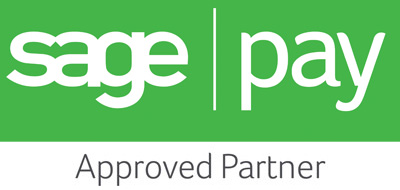Artificial Intelligence - Artificial Trust?
Trust is one of the cornerstones of business; whether it's a case of building a working relationship in account-based marketing, or consumer trust in the quality or sustainability of a product; without trust, a transaction never makes it to completion.
Trust(worthiness) is one of the three pillars of Google's longstanding EEAT (Expertise, Experience, Authoritativeness, Trustworthiness) criteria; the search engine gives higher page ranking to sites that it deems trustworthy and indeed penalises sites that are relying on AI generated content. Google's stance on AI has always been to downgrade sites that use AI for the bulk of their content, one of the reasons being that Trustworthiness and Authoritativeness can't be provided by a machine. People with little or no expertise in a subject area could use ChatGPT or similar to write a whole website full of content with incorrect information, and Google doesn't want to back this.
The most recent major algorithm update took place in March this year; site owners who relied on AI for content (text, images, even video) have found their page rankings dropping, or the site being de-indexed completely. We can see clearly that website content that is made purely with AI is glaringly obvious to Google, and that it's pointless creating whole sites or link building strategies that use AI content farms because ultimately Google will crack down on this. However, AI can still be used online, just in different ways.
AI chatbots for customer service and lead generation are nothing new, but they are getting much better with the LLM learning that refines the bots' knowledge base and communication style. They are not without their flaws, however, as DPD recently found out when a user manipulated their customer service chatbot to make it swear at them and criticise the company. Using AI for low level customers’ interactions is one way of saving time and costs, especially when an AI program can be used to triage customer enquiries, so they can be directed to the most suitable human contact.
LLMs can also be used to organise original thought, a little bit like a ghost-writer. As long as the original thought comes from a real person's EEAT, ChatGPT can be used to work scattered insights and first-hand experience into a readable review or article. Whether Google sees this as over the line of acceptable AI use remains to be seen, but if the resulting piece has a human tone and meets the EEAT criteria we think that will be considered to be on the right side of the fence.
One of the best ways to retain and build on your customers' trust is to be open and honest about where you use AI, and what you use it for. While there may be a tacit expectation that a live webchat function is powered by AI, being explicit about this can only be a good idea. If you're using AI generated images, credit the picture to AI just as you would credit an image made by a human.
If you use AI to refine your internal sales pipeline, and serve content to different cohorts of leads based on their interests or stage in the journey, make this obvious when you communicate with those leads. By making customers and leads aware of the ways in which AI shapes their experiences with your company you can take some of the stigma and mystery out of the equation – it's all about transparency.
We've said it before, but it bears repeating – in a world where so many aspects of life are flavoured by AI or by mass marketing, the personal, human, genuine touch goes a long way towards building and retaining customers' trust.
